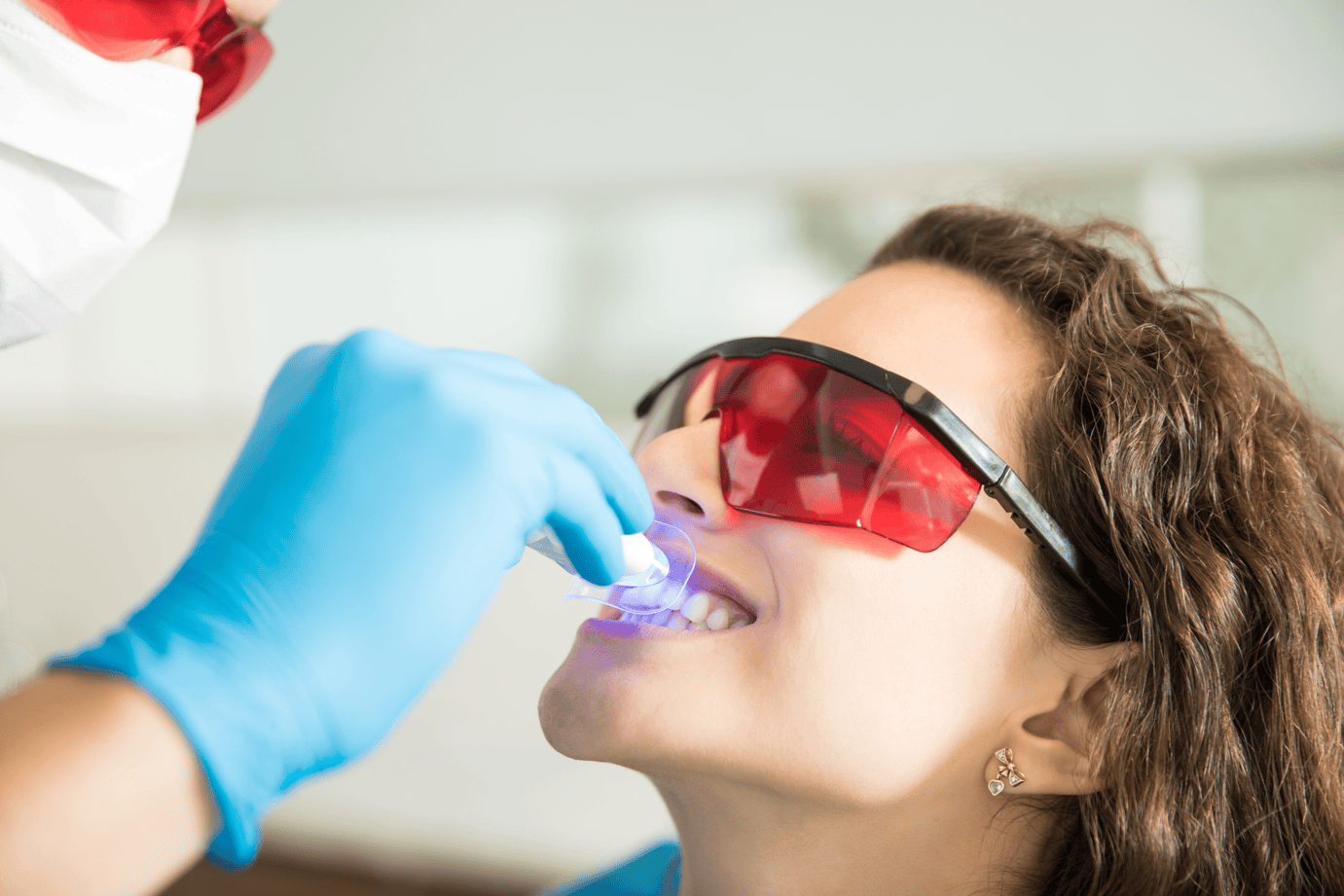A sparkling and white smile is a dream that a lot of people want.
Technology for whitening teeth has gained popularity in recent times to help achieve this aim. There are numerous options to choose from, ranging from easy at-home solutions to more complicated techniques performed by dentists.
In this post, we’ll look at the different types of teeth whitening technologies available and how they function to make your smile appear more attractive.
A frequently asked concerns people have is, “Does hydrogen peroxide whiten teeth?” The answer is yes, because hydrogen peroxide is a common ingredient in a variety of teeth bleaching products.
It does this by breaking down stains on teeth and assisting in removing the stains. Hydrogen peroxide is commonly utilized in conjunction with other ingredients to make a whitening solution that can be applied to teeth. The solutions are available in a variety of types, such as gels, strips, and trays.
A very well-known kind of technology for whitening teeth is the whitening toothpaste.
A lot of people choose this choice because it’s accessible and simple to use. Whitening toothpaste is made by using the use of abrasives in order to eliminate surface stains that are present on teeth. Certain toothpaste brands contain hydrogen peroxide to get rid of deeper staining. While this can be a useful alternative, it won’t offer the same degree of whitening teeth that other methods do.
Another option for at-home tooth whitening is to use strips of teeth whitening.
They are small strips that are coated with peroxide-based gel. The strips are placed over the teeth and then left on for a certain duration of time, usually about 30 minutes. In time, the gel’s peroxide action begins to eliminate the stains that are on the teeth and helps to lighten the teeth.
While this is more efficient than toothpaste that whitens teeth but it will take longer for results to show.
The whitening gels for teeth used by dentists are a different solution to get a whiter smile.
They have more peroxide than other products on the market, which makes them more effective in eliminating staining. The gel is applied to teeth with a specially-designed tray that is placed onto the dental.
The tray is used for a specified duration of time, based on the amount of gel. This technique can yield tangible results in a small duration.
Teeth whitening treatments in the office are also offered.
These procedures are done by dental professionals and deliver the most impressive results. The procedure involves the application of peroxide gel that is high-concentration can be placed on teeth. A specific light is utilized for activating the gel, which assists in removing the staining on the teeth.
The procedure usually takes about an hour, and it can give instant results. Although this method is more costly than other techniques but it’s usually the most efficient.
No matter which teeth-whitening method you decide to use, it is essential to know that the results will not be permanent. As time passes, the stains appear again, and you may have to do it again in order to maintain your sparkling smile.
In addition, some individuals may suffer from gum irritation as a result of teeth bleaching. If you experience any of these symptoms, you should discontinue the whitening process and speak with your dentist.
In Conclusion
Teeth-whitening technology has advanced in recent years, offering an array of methods to create a more attractive smile. If you decide to go with a home-based product or undergo an at-home procedure, it’s crucial to be aware of the potential risks and advantages of each.
If you take good dental care and consult your dentist, you’ll be able to have a sparkling, white smile that makes you feel comfortable and content. Remember, the top bleaching toothpaste or gels utilized by dentists may be effective, but must be properly used and maintained for the best results.

